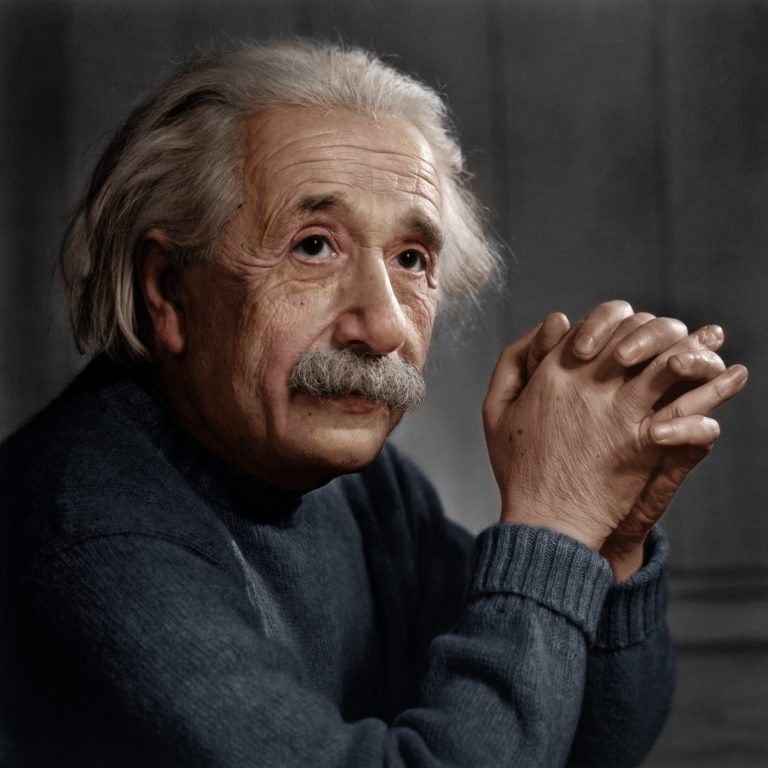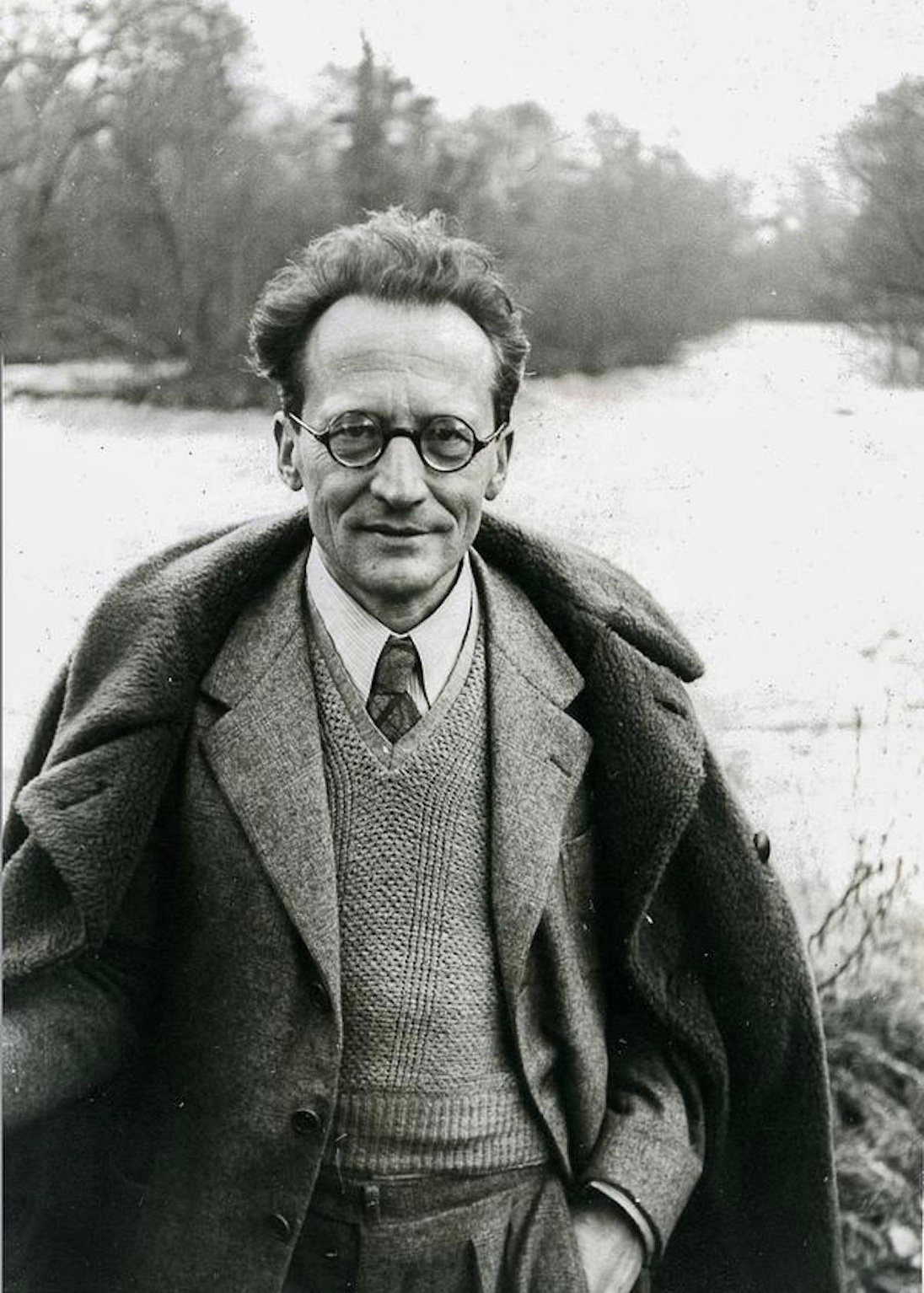collectively intelligent
WeBrain

Network of a genius
Albert Einstein, despite his solitary nature, skillfully harnessed the potential of collective intelligence, creating an impressive network of scientists and thinkers. He understood that exchanging ideas and collaborating with other scientists could broaden and improve his own theories. Einstein corresponded regularly, attended conferences, collaborated, and debated to broaden his horizons and deepen his understanding.

The scientists
Throughout his career, Einstein interacted with some of the most notable scientists of his time. One of his earliest influences was Max Planck, with whom Einstein discussed the nature of light and energy. These conversations helped Einstein shape his theory of the photoelectric effect.
Another important colleague was Marcel Grossmann. Grossmann, a seasoned mathematician, helped Einstein understand Riemannian geometry and develop the general theory of relativity.
Einstein also maintained a lively correspondence with Niels Bohr, a pioneer of quantum mechanics. Their debate over the interpretation of quantum mechanics led to significant advancements in both their theories.
Erwin Schrödinger and Satyendra Nath Bose, whose work provided important impulses for Einstein’s thinking, were other remarkable figures in his network. Their collaborations and discussions led to major breakthroughs in quantum mechanics and statistical mechanics.
Albert Einstein and Marie Curie, both trailblazers in their fields, often crossed paths at prestigious Solvay Conferences. Despite societal prejudices, Einstein recognized and admired Curie’s groundbreaking work on radioactivity. Their interactions epitomized the value of networking and collective intelligence in advancing scientific discovery.






The Impact
The way Einstein leveraged collective intelligence has profoundly influenced modern science. He demonstrated that revolutionary theories can emerge through collaboration, discussion, and the exchange of ideas. This approach has shaped the way we practice science today. It has fostered a culture of collaboration and exchange, helping to continually push the boundaries of our knowledge. Einstein not only deciphered the universe, but also illuminated a path for future scientists on how to collaborate and learn to understand and improve the world.
“That’s how we at WeBrain aim to enrich the world using a strategy akin to Einstein and his network of Scientists. Through fostering intellectual exchange and embracing collective intelligence, we aspire to spark innovation, empower individuals, and drive forward scientific and societal progress for a brighter future.”
-Moses Ben Hengl
Previous
Next